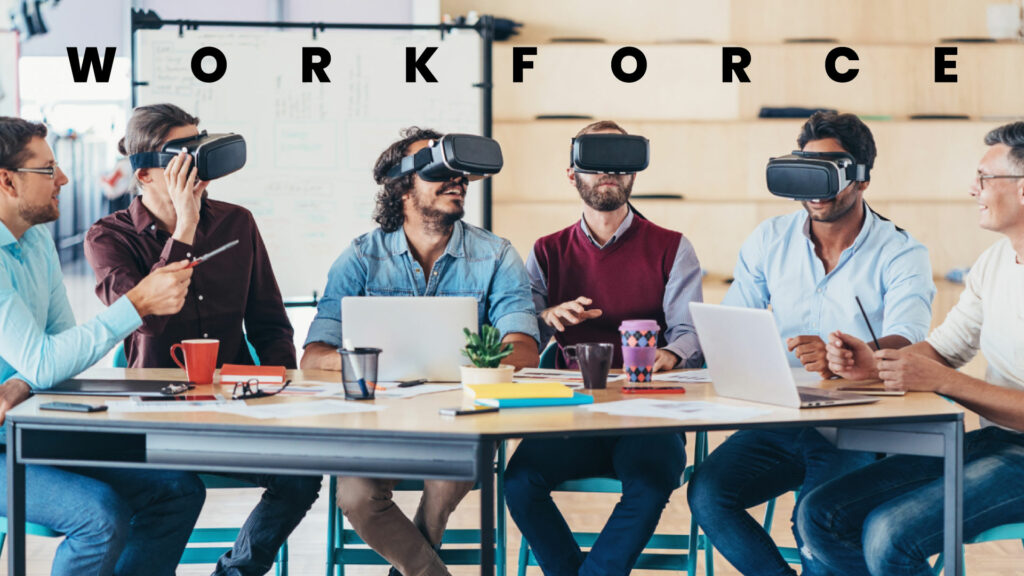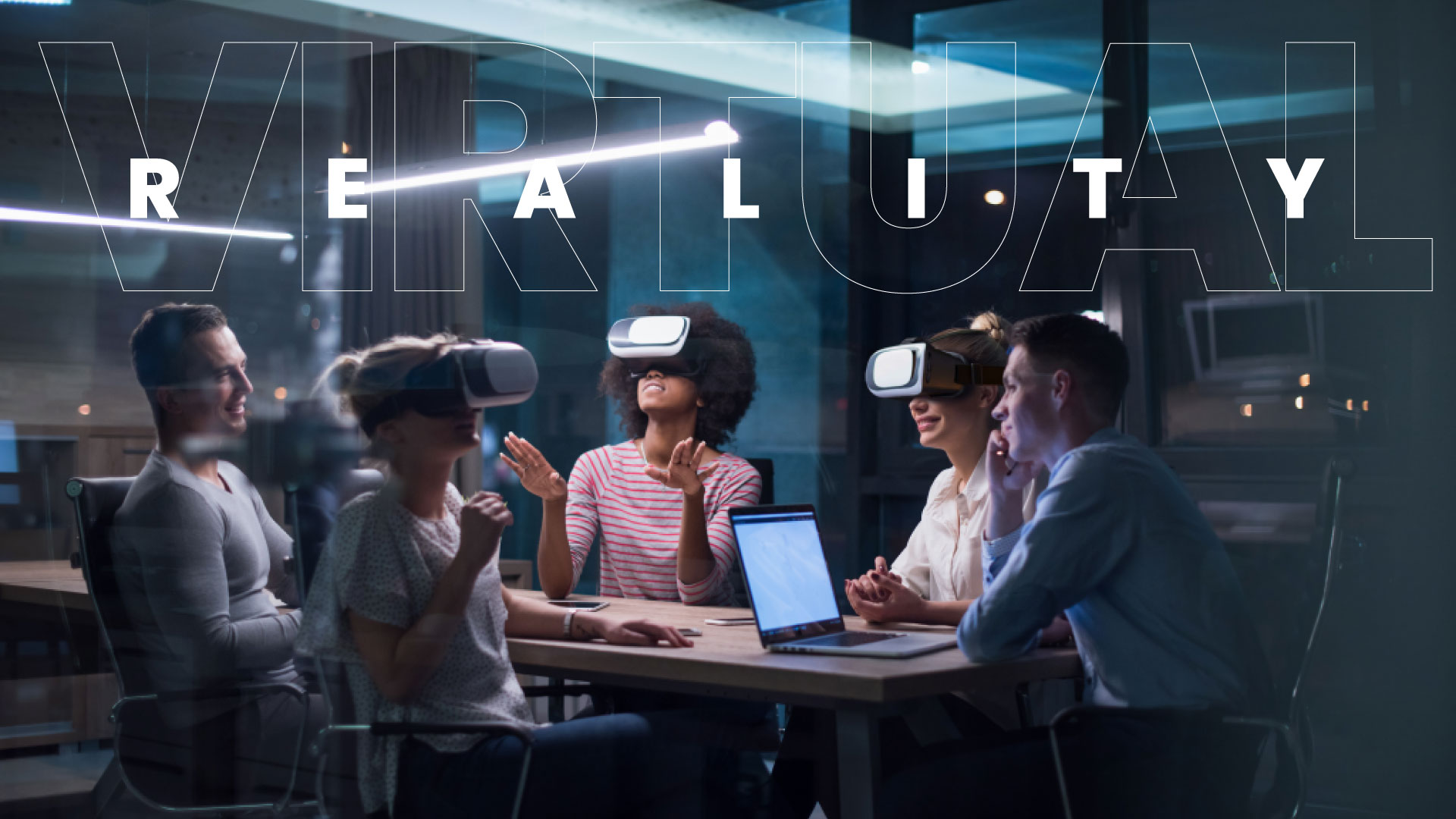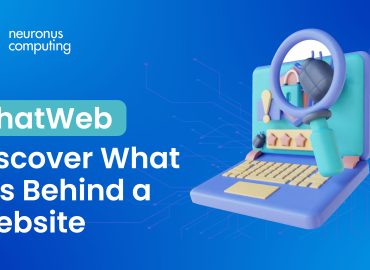Virtual reality and workforce collaboration
Introduction
Technology is ever-changing and evolving, with new features and setups being introduced in a short period of time. The Internet boom and artificial intelligence have opened new horizons in the field of IT. Globalization has already made the world accessible to everybody The next goal is to make it productive and bridge the physical distance between masses all over the world. In this project, virtual reality can serve as a better mode to bring various disciplines together and have a better experience.
What is virtual reality?
In simple terms, virtual reality is a three-dimensional platform that can provide a real-time experience. It provides a mimicry of physical presence on a digital platform. Users can interact with each other and explore the virtual world by performing various actions. It can be achieved through various hardware and software devices, such as headsets and gloves. Most applications of virtual reality are in architecture, sports, entertainment and art. However, businesses are thinking of shifting their work modes to the virtual reality platform. Several organizations have adopted virtual reality in their business models to enhance interaction and productivity.
Below is a detailed discussion of how virtual reality and the workforce can collaborate to transform traditional business dynamics.
Virtual reality and the workforce
The pandemic made us realize the real potential of the digital world. It introduced a remote work mode that connected employers and employees despite physical barriers. Now, businesses are encouraging remote work as it is scalable and provides more flexibility to both parties. In this regard, virtual reality has served as a greater advantage. Now employers and employees are joined together through a virtual work office. It will create a simulation of a physical space, irrespective of its geographical location.
Following is a list of the advantages and benefits of deploying virtual reality in the workforce.

A. Work Engagement
The newly introduced VR tools can enhance work engagement between employees and employers. It helps in connecting with overseas employees by creating an office environment. Also, clients from foreign countries can collaborate, expanding business opportunities. In this way, business entities will be well-connected, enhancing engagement and productivity.
B. Customize work environment
Virtual reality promises a realistic work environment without any system lag. Various VR tools enable the creation of customized offices, bringing together colleagues and helping in discussing work projects. The employees can create their own customized avatars to interact with their partners. All of this can be done by including software and relevant VR tools to run the system. A single investment can go a long way in establishing a novice work environment.
C. Employee Training
It is sometimes difficult to provide physical training as it demands a separate workspace and team. Through virtual reality work spaces, all employee training can be connected to a single platform. Digital training will help with skill development and a more focused approach to work.
D. Employee recruitment
Virtual reality provides a chance to connect with individuals all over the world. This provides an opportunity for a more diverse workforce from different parts of the business world. Hence, without spending on travel costs, teams can connect digitally with their desired candidates. This is not only convenient but it also provides more options to select from.
E. Team collaboration
Through VR technology, employees can easily contact their teams. Without the need for a physical office, team members can discuss their projects. It will make the process easier and enhance inclusivity. Anyone can present their ideas and point out faults without any physical bounds.
F. HR Management
Virtual reality will innovate and reform the department of human resource management. It will be expedient to direct and cope with the troubles of employees. HR heads can easily track work records and provide assistance as needed. It will also be handy to supervise and monitor employee progress.
Conclusion
Each new technology takes some time to be deployed in various disciplines. Businesses are learning about this new system and slowly adapting it to their business models. Nonetheless, virtual reality holds promise and carries a lot of potential. It can bring productive reforms to businesses across the board and lead to new avenues of progress.







